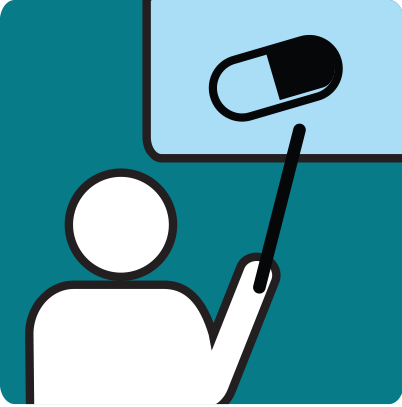Sierra Leone
Donor
Impact
Sierra Leone

NTDs
Sierra Leone :
- Lymphatic Filariasis
- Schistosomiasis
- Hookworm
- Trichuriasis (whipworm)
- Ascariasis (roundworm)
- Onchocerciasis
- Trachoma
people are at risk for LYMPHATIC FILARIASIS
people are at risk for ONCHOCERCIASIS
Intestinal worms affect nearly the entire population of Sierra Leone — leaving millions of children sick, tired, anemic and undernourished. Sierra Leone’s north-east regions are also home to the highest numbers of schistosomiasis infections within the country. Here, more than two million people, including Sahr Gando, are at risk for contracting this painful and sometimes deadly disease simply by playing, bathing or drinking contaminated water. Schistosomiasis, also known as bilharzia or "snail fever," is second only to malaria as the world’s most devastating parasitic disease.
Sahr Gando is an independent miner and farmer living in Kono District, Sierra Leone. He, like most of the miners in the region, became infected after standing knee-deep in contaminated water panning for diamonds every day. Soon, he became so sick he could no longer mine, farm, leave his house, or support his wife and child.
But thanks to support from the government of Sierra Leone, the U.S Agency for International Development (USAID) and nonprofit partners, Sahr Gando and his family received treatment for schistosomiasis and intestinal worms through a mass drug administration (MDA) in April of 2013. The government of Sierra Leone and partner organizations are working hard to eliminate neglected tropical diseases (NTDs) by treating entire communities at once with medicine donated by pharmaceutical companies.
Sierra Leone
Your donation's
impact
In July of 2013, the END7 campaign partnered with Sierra Leone’s Ministry of Health and Helen Keller International (HKI) to help support Sierra Leone’s ongoing work to prevent and treat NTDs. END7 donations, totaling over $27,000, helped fund an MDA in the Western Rural Area of Sierra Leone and supported trainings for community health workers throughout the district. More than 50,000 children were treated for intestinal worms.
Partners
Helen Keller International and Sierra Leone’s Ministry of Education Science and Technology (MEST), National School and Adolescent Health Program (NSAHP), Neglected Tropical Disease Program, District Health Management Team and Rural Western Area District Council carried out this project. The U.S. Agency for International Development (USAID) also has a robust NTD program in Sierra Leone.
The
work continues
Given Sierra Leone’s small geographic size and the strong political support of the Ministry of Health and Sanitation, the country is in the unique position to become one of the first countries to control schistosomiasis and intestinal worms, and eliminate onchocerciasis and LF. But additional support is needed. By integrating NTD treatment with schools and other health programs, millions of people at risk for NTDs can live free of these diseases of poverty and their devastating effects including malnutrition, disability, social stigmatization and a loss of productivity.
See the difference END7 has made in:
Cote d'Ivoire | Guyana | Honduras | India | Indonesia | Kenya | Myanmar | Nigeria-Bauchi | Nigeria-Kebbi | Peru | Timor Leste | Vietnam
Photos by Mo Scarpelli
Key Interventions
in Sierra Leone

Training
health workers and volunteers

Mass Drug Administration
to treat entire communities

